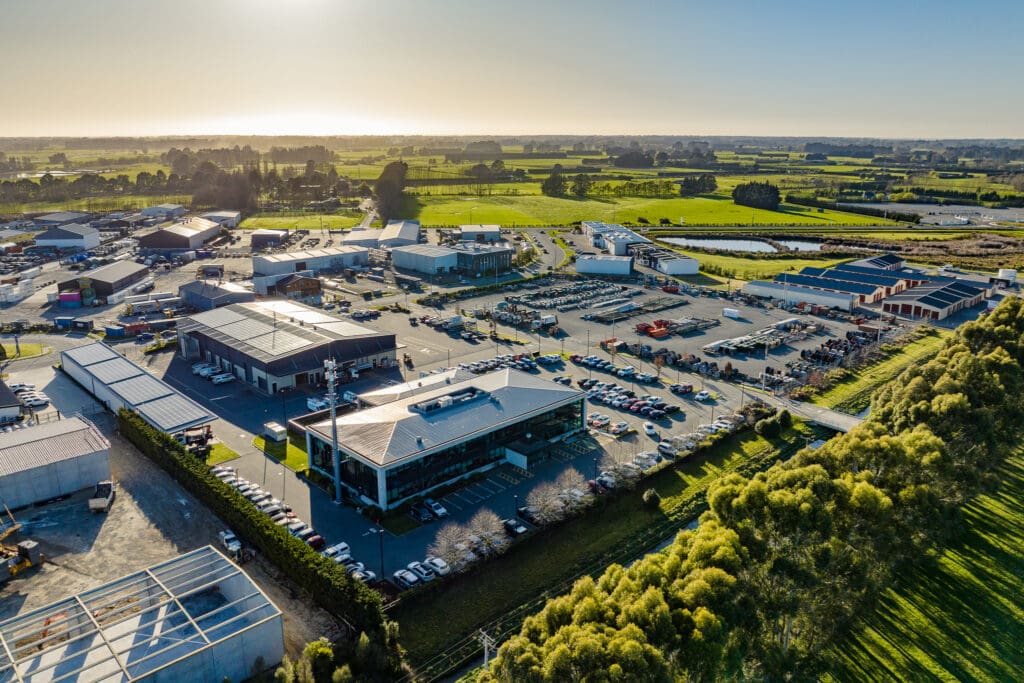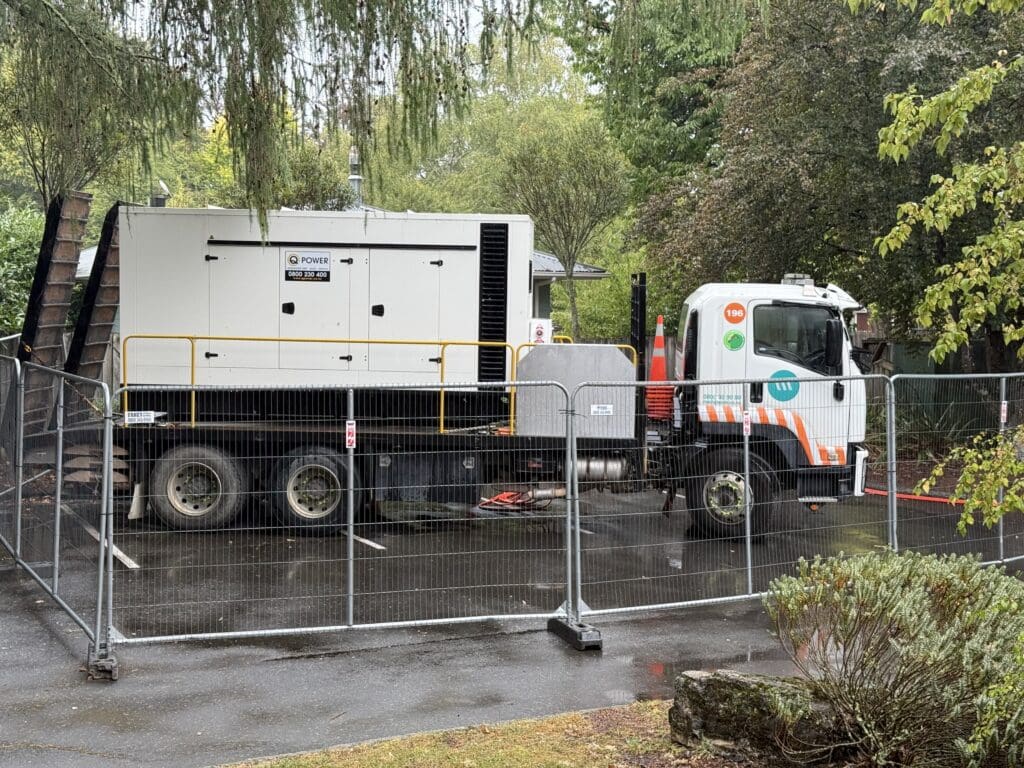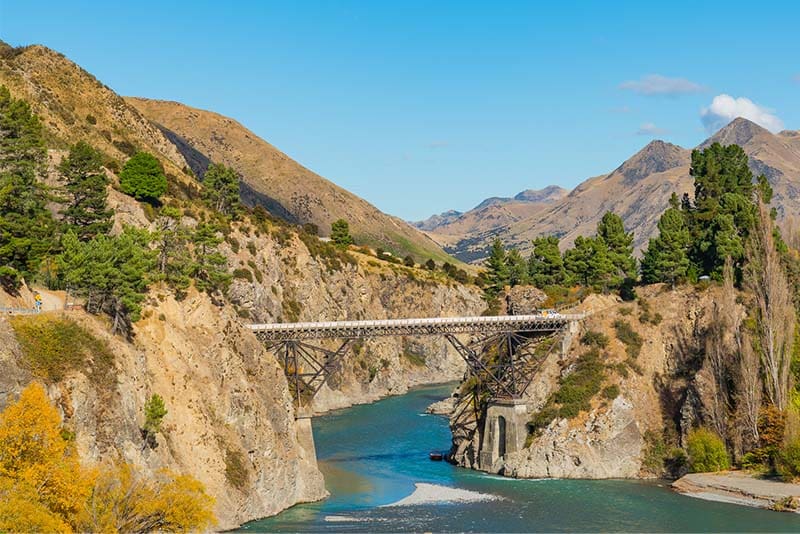Recently, MainPower conducted a series of LiDAR helicopter surveys throughout our network. Using equipment mounted to a Eurocopter EC120 helicopter, this was flown approximately 270 meters above our network electricity assets. The purpose of these surveys is to capture a series of images of the network (including poles, and wires etc.). These images captured by radar can be used to produce a three-dimensional model of our complete network.
This three-dimensional model will allow us to monitor not only the condition of our assets, but also to identify any potential issues and resolve them before they cause harm or outages.
Using this model, MainPower would be able to analyse various scenarios on the network, assess the impact of each scenario, model proposed work programs (vegetation, pole replacement etc.) and determine their effectiveness.
Since all analysis is backed by an engineering model, this leads to consistent data-driven decision making.
Analytical capability built into the software supports:
- Advanced identification and visualisation of vegetation encroachment and management.
- Advanced simulation of clearances under different conditions (temperature / weather) and different configurations (conductor tension / conductor material properties) to ensure compliance.
- Asset failure risk prediction to determine likelihood of structural or foundation failure e.g., cascading pole failures particular in extreme weather conditions such as storms / ice loads etc.
A MainPower network LiDAR model provides the capability to better assess and understand risk to the network, assets, and the supply to consumers from major weather and environmental related events which are increasing in frequency and severity as we start to see the effects of climate change. These events include:
- Storms, including flood, wind, and snow.
- Earthquakes (liquification).
- Landslips.
- Wildfires.
Vegetation Management:
The LiDAR model can simulate conductor blowout and sag under different operating conditions and hence accurately determine clearance zone encroachments beyond what a ‘single-point-in-time’ visual inspection is able to achieve. This allows more accurate:
- Vegetation risk assessments under difference weather conditions.
- Prioritisation and planning – measure vegetation risk by span, cluster, volume, vegetation type.
- Tracking – import completed vegetation works to remove cleared defects.
The survey began in the Kaikōura area and moved down the network until completion, spanning approximately 3,880 linear kilometers!This project required significant planning and coordination from a fantastic team both within MainPower and externally to execute it effectively. Undertaking these surveys with extreme caution with the team being conscious that helicopters may have disturbed animals or planned events and wanted to minimise any inconveniences as much as possible.
To keep everyone informed, the team conducted a network-wide communications campaign including geotargeted online adverts, social media, newspaper advertising, radio, and an email to all known email contacts (nearly 40,000 email addresses).


